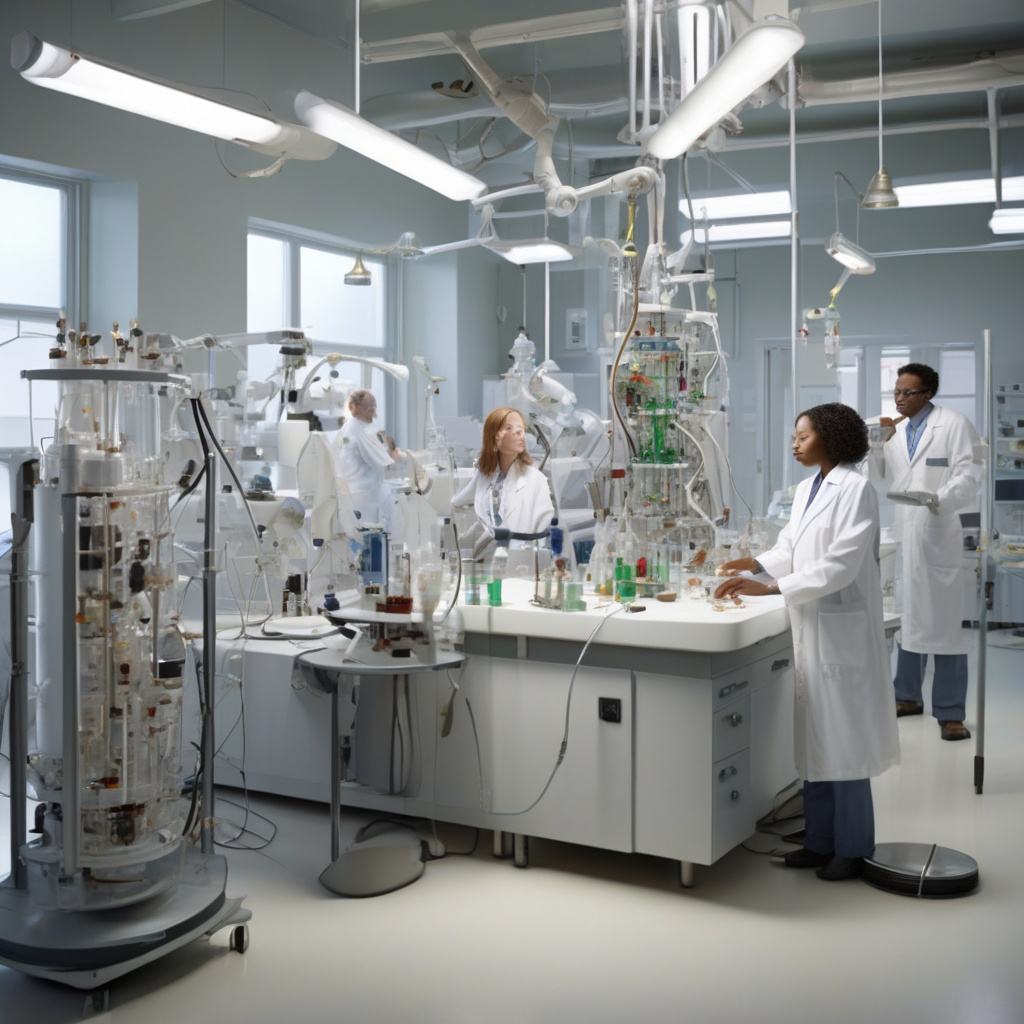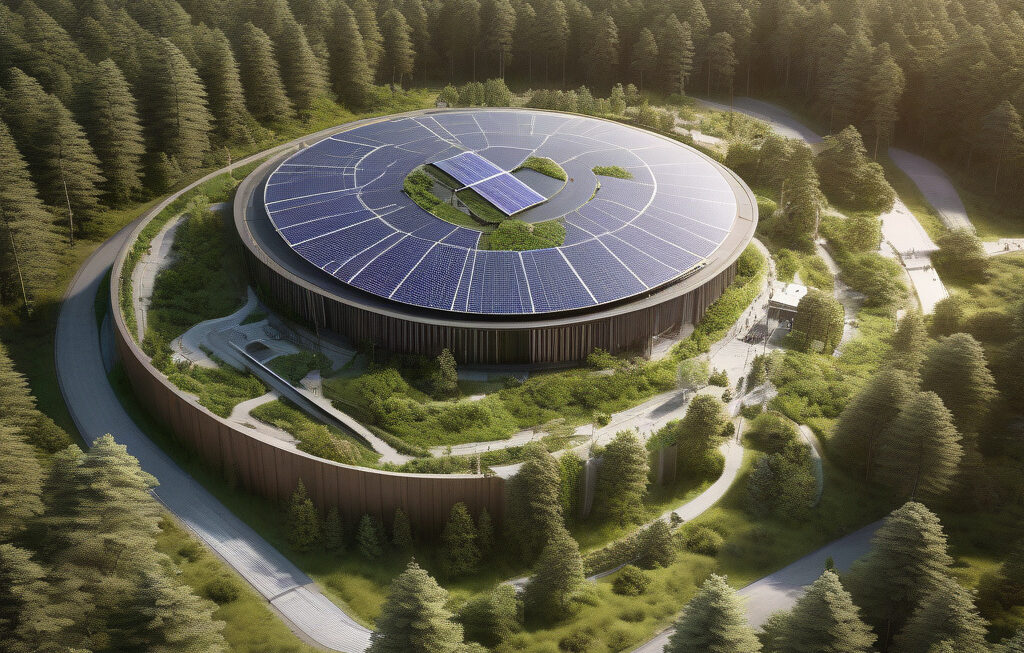Sunlight Revolution: US Scientists Capture CO2 in Groundbreaking Low-Energy Innovation
Scientists have tried countless ways to capture carbon. But what if something as simple and essential as sunlight could hold the key to this pressing environmental challenge? A team of researchers in the United States has made a significant breakthrough by harnessing the power of sunlight to capture carbon dioxide in a low-energy process that could revolutionize the fight against climate change.
The traditional methods of capturing carbon dioxide, such as carbon capture and storage (CCS) technologies, are often energy-intensive and costly. However, this new approach, developed by a group of scientists at a leading research institution in the US, offers a more sustainable and efficient solution. By utilizing sunlight as a driving force, the process not only reduces the energy requirements but also has the potential to be scaled up for industrial applications.
The key to this innovation lies in the development of a novel photocatalyst that can effectively convert carbon dioxide into valuable products using sunlight as the primary energy source. This photocatalyst acts as a mediator in the chemical reaction, absorbing sunlight and facilitating the conversion of carbon dioxide into high-energy molecules, such as methane or ethylene.
One of the most exciting aspects of this breakthrough is its versatility. The technology can be applied in a variety of settings, from industrial smokestacks to solar farms, offering a flexible and adaptable solution for capturing carbon emissions. This versatility opens up a wide range of possibilities for combating climate change on a global scale.
In addition to its environmental benefits, the low-energy nature of this process also has significant economic implications. By reducing the energy requirements for carbon capture, this innovation could help lower the costs associated with mitigating greenhouse gas emissions, making it a more viable option for businesses and industries looking to reduce their carbon footprint.
Furthermore, the potential for generating valuable products from captured carbon dioxide adds another layer of economic incentive to this technology. By converting carbon dioxide into chemicals that can be used in various industries, this process not only helps combat climate change but also creates new opportunities for revenue generation and resource optimization.
As the global community continues to grapple with the challenges of climate change, innovative solutions like this offer a glimmer of hope for a more sustainable future. By harnessing the power of sunlight to capture carbon dioxide in a low-energy and cost-effective manner, these US scientists are paving the way for a new era of environmental stewardship and technological advancement.
In conclusion, the groundbreaking work of these scientists highlights the potential for sunlight to drive meaningful change in the fight against climate change. By developing a novel photocatalyst that can efficiently convert carbon dioxide into valuable products, this innovation offers a sustainable, cost-effective, and scalable solution to one of the most pressing environmental issues of our time.
#SunlightRevolution, #CarbonCapture, #ClimateInnovation, #SustainableFuture, #EnvironmentalBreakthrough












